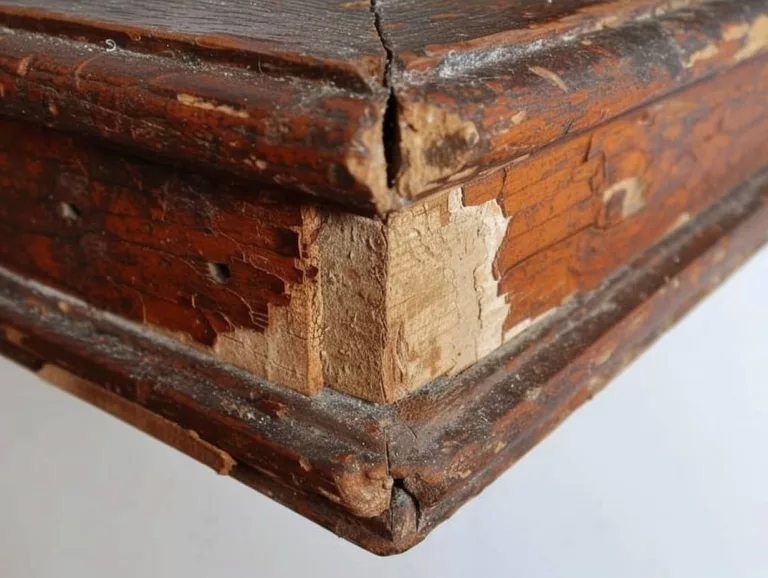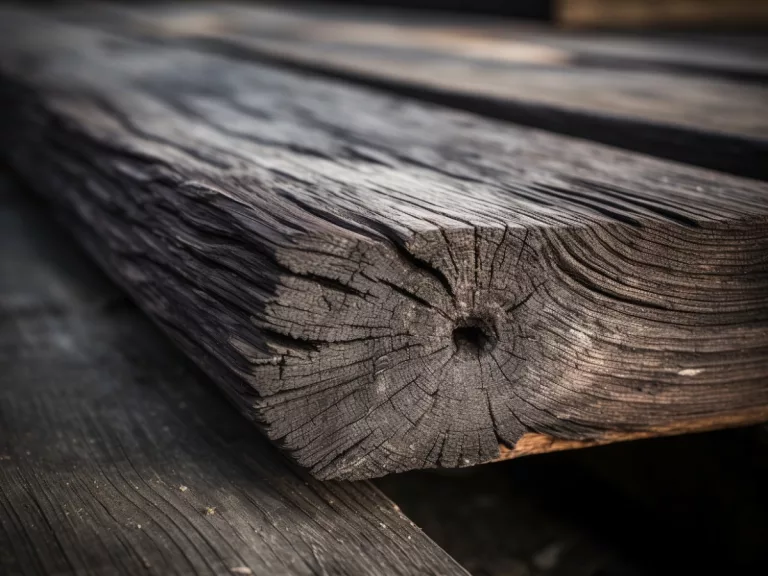Benefits of Woodwork in Early Childhood: Unlocking Huge Potential

Summary
Holistic Development: Woodworking enhances children’s creativity, motor skills, and problem-solving abilities.
Safety First: Emphasizes the importance of safety and age-appropriate activities in woodworking for children.
Expert Insights: Features insights from educators and psychologists, showcasing the real-life impact on children’s confidence and teamwork.
Long-Term Benefits: Highlights the role of woodworking in shaping future innovators and adapting to a changing world.
Educational Integration: Encourages the inclusion of woodworking in early education for comprehensive child development.
Welcome to our cozy corner where we explore the world of woodwork for our little ones. You know, there’s something almost magical about watching a child’s eyes light up as they create something with their own hands. It’s not just about the end product; it’s about the journey of discovery, learning, and growth. Let’s unwrap this journey together and see what are the Benefits of Woodwork in Early Childhood.
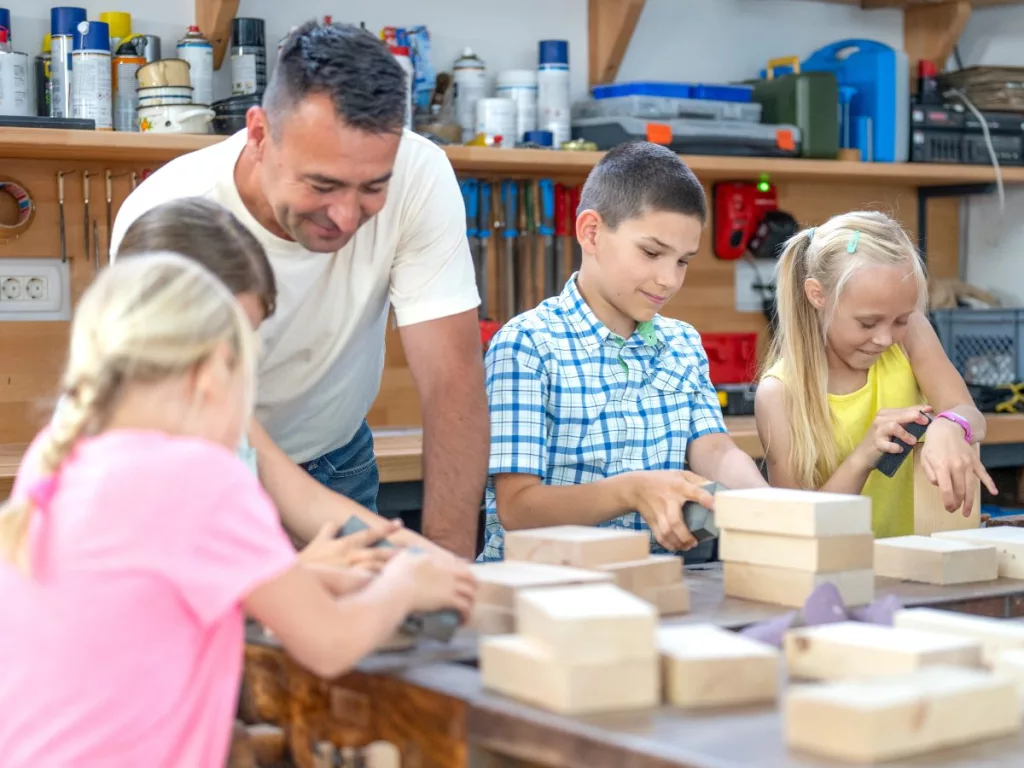
Why Woodwork is Essential for Young Learners
Have you ever wondered why woodwork, an age-old craft, still holds such significance in our tech-driven world? It’s simple, really. Woodwork offers a unique blend of creativity, problem-solving, and skill-building that’s hard to find in any app or video game. It’s about getting back to the basics and providing our children with a tactile, engaging experience that sparks their natural curiosity and eagerness to learn.
Understanding Hands-On Learning
There is Science Behind Tactile Education in Early Years.
I want children who can make eye contact. I want children who know how to resolve conflicts with their peers. I want children who understand the dynamics of interpersonal relationships that are physical and tactile. I do not want children that only know how to interface with the world through a screen
Chamath Palihapitiya (A Sri Lankan-born Canadian and American venture capitalist, engineer, SPAC sponsor, founder and CEO of Social Capital)
Let’s get a bit analytical here, but I promise to keep it light and fun! Our little explorers are wired to learn through touch and manipulation. When they sand a piece of wood or fit two pieces together, they’re not just building a toy or a birdhouse; they’re building neural pathways in their brains. This hands-on learning, or as I like to call it, ‘learning by doing,’ is crucial in the early years. It lays a foundation for complex cognitive skills and fosters an active, inquiry-based approach to problem-solving.
Woodwork and Child Development
Now, let’s talk about how early exposure to woodwork can be a game-changer in a child’s development. Picture this: a child holding a small hammer, eyes focused, tongue peeking out in concentration.
- Hammering a nail in woodwork is a comprehensive learning experience.
- Develops fine motor skills, hand-eye coordination, and spatial awareness.
- Nurtures creativity and imagination in children.
- Encourages children to transform wood into creative objects like spaceships or dollhouses, showcasing their unique creativity.
In-Depth Benefits of Woodwork in Early Childhood
Hey there, let’s roll up our sleeves and dig a little deeper into the world of woodwork for kids. It’s not just about sawing and hammering; it’s a treasure trove of developmental gold. From tiny fingers learning to grip a screwdriver to young minds solving the puzzle of a wooden structure, the benefits of woodwork are as diverse as they are significant.
Motor Skills and Coordination
- Engaging in woodworking hones children’s fine motor skills.
- Involves delicate tasks like grasping nails and guiding saws, enhancing dexterity.
- Develops hand-eye coordination through precise movements.
- Builds foundational skills crucial for everyday tasks and future learning.
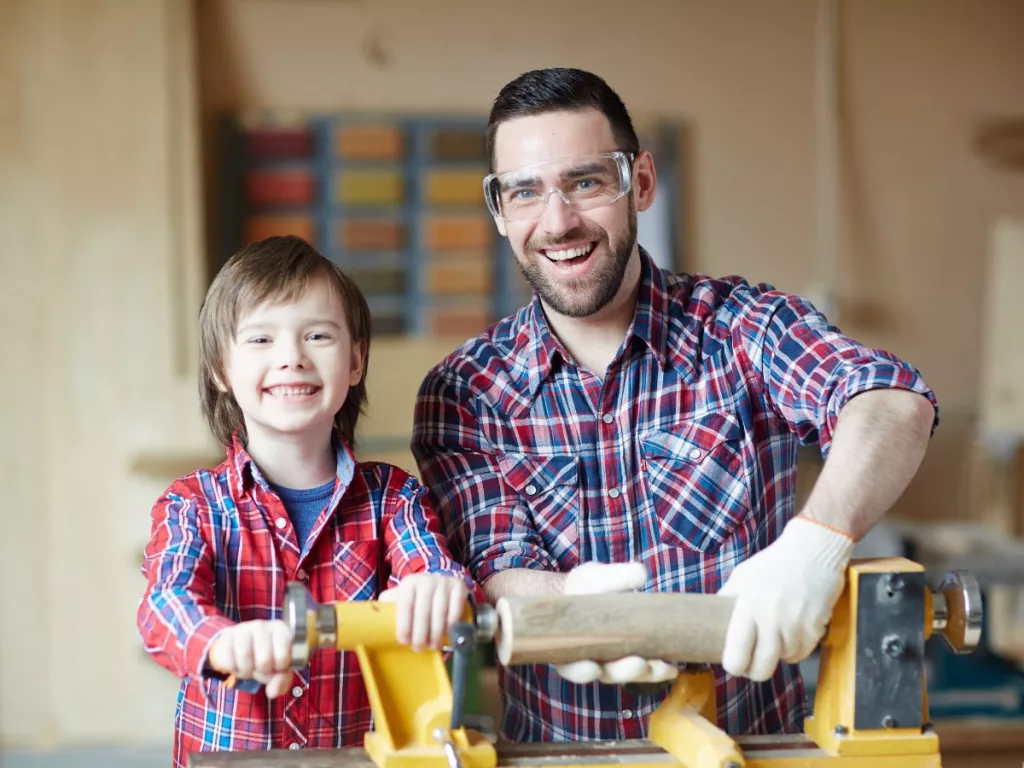
Creativity and Problem-Solving
- Woodworking fosters creativity and problem-solving skills in children.
- Transforms simple wood into imaginative objects like toy cars or jewelry boxes.
- Encourages kids to think creatively and outside the box.
- Presents challenges that develop critical thinking and decision-making skills.
- Real learning occurs as children navigate and solve woodworking challenges.
Mathematical and Spatial Skills
- Woodworking closely intertwines with math, enhancing practical mathematical skills.
- Measuring and calculating angles in woodworking projects apply math in real-world scenarios.
- Provides a hands-on experience that strengthens mathematical thinking.
- Develops spatial awareness through manipulation and assembly of wood pieces.
- Offers a fun and engaging way to understand space and geometry.
Real-Life Success Stories
Grab a comfy seat, because it’s story time! We’re not talking fairy tales here; these are real-life stories of little champs whose lives have been transformed by the touch of woodwork. These anecdotes aren’t just heartwarming; they’re powerful testaments to the impact of woodworking in early childhood.
“The Shy Kid Who Found His Voice”
Meet Jamie. A quiet little guy who often got lost in the shuffle. But his dad put a piece of wood and some tools in his hands, and boy, did he shine! With the help of daddy, a joint project of woodworking gave Jamie more than a birdhouse; it gave him confidence. In the woodworking corner, he found his zone, his voice. He started expressing his ideas, leading projects, and oh, the pride in his eyes with each creation! Jamie’s story is a beautiful example of how woodwork can be a voice for the voiceless.
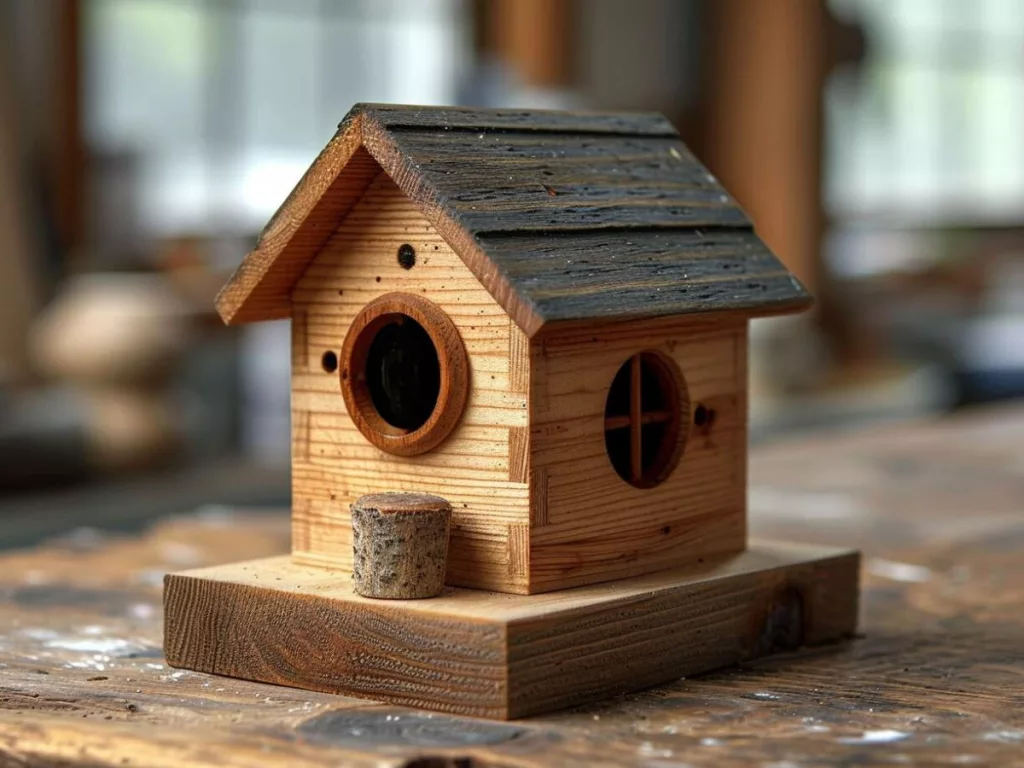
“From Struggling with Numbers to a Math Whiz”
Then there’s Emma. Math was her nemesis. Numbers on a page were just squiggles to her. Her granddad started working with Emma in his workshop. Suddenly, math had meaning. Measuring lengths for her projects, calculating angles – it all clicked. Woodworking turned abstract math concepts into tangible, enjoyable tasks. Emma’s not just good at math now; she loves it! Her story is a testament to the power of practical learning.
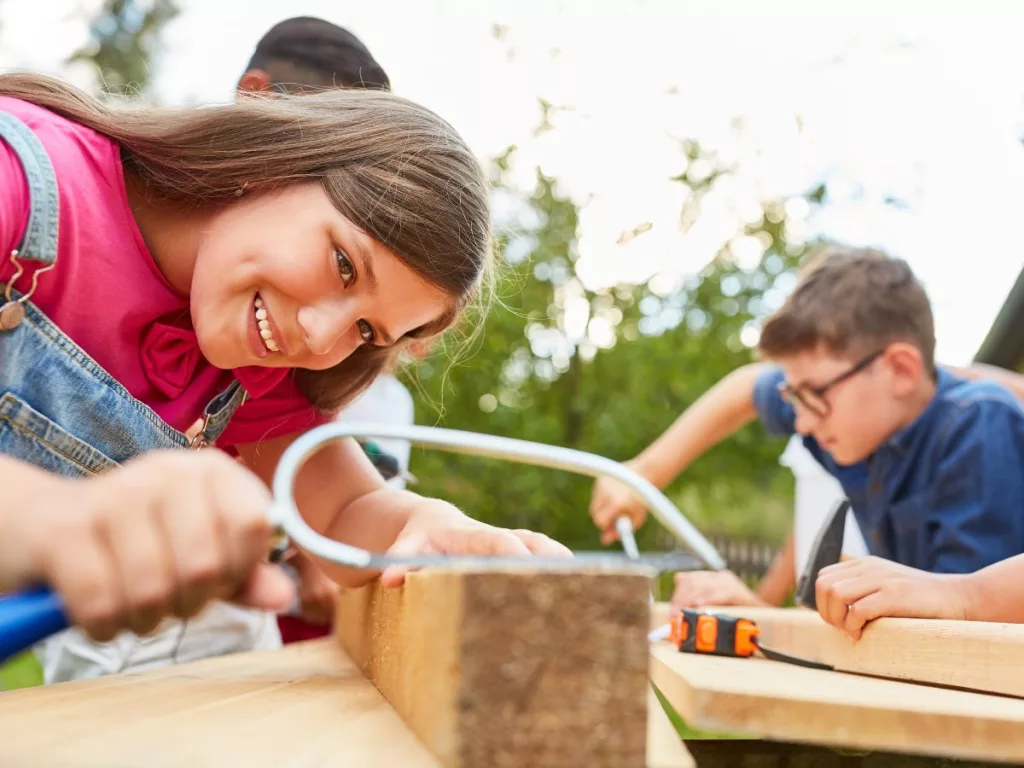
Safety Measures
Hey there, let’s chat about something super important – keeping our little woodworkers safe. Safety in woodworking isn’t just a precaution; it’s the foundation of all the fun and learning. So, how do we create a safe haven for our tiny carpenters? Let’s dive in.
Guidelines and Tools
First things first, the right tools make all the difference. We’re talking about kid-friendly hammers, smaller saws, and tools that fit just right in those little hands. But it’s not just about the size; it’s about quality and safety features. And here’s a golden rule – supervision is key. Always have an adult around, guiding and cheering on these young builders.
Now, let’s talk safety gear – goggles to protect those curious eyes, gloves for those eager hands, and aprons to keep the sawdust off. And of course, a tidy workspace is a safe workspace. Let’s teach our kids to keep their tools in place and their work area clean. It’s not just about avoiding trips and falls; it’s about instilling a sense of responsibility and care.
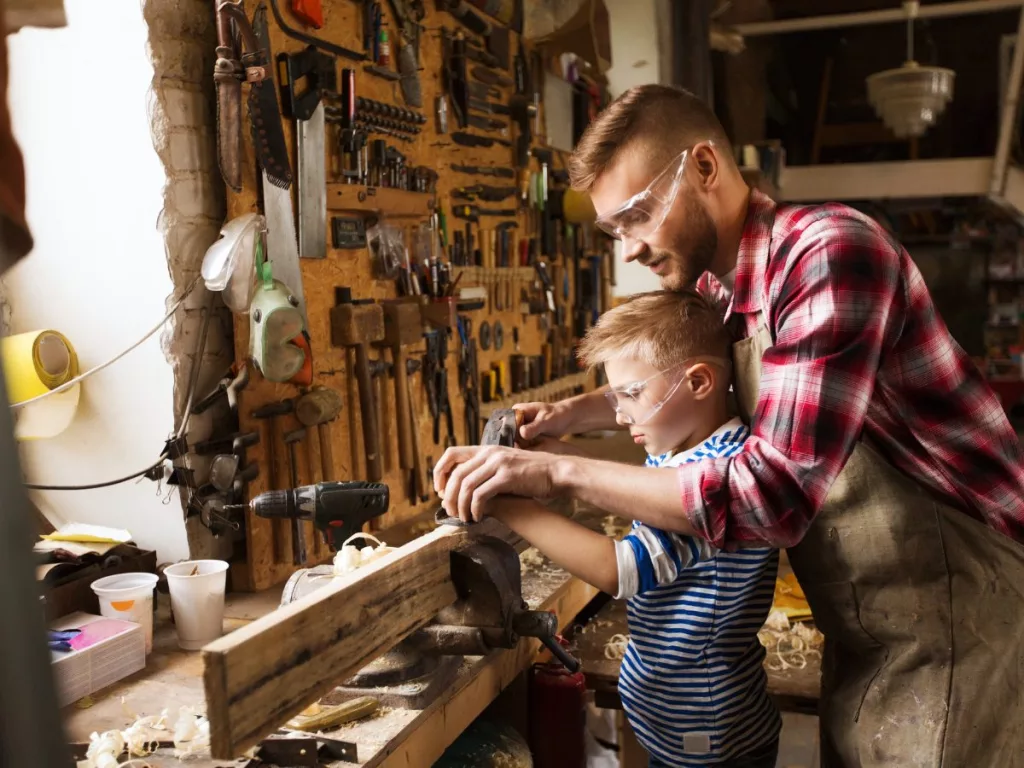
Age-Appropriate Woodworking
Woodworking isn’t one-size-fits-all. What works for a ten-year-old might not be suitable for a four-year-old. So, how do we tailor the experience? For the littlest ones, it’s all about simple, tactile experiences – think sanding wood or basic nailing. As they grow, we can introduce more complex tasks – measuring, sawing, and joining. It’s a step-by-step journey, always aligning with their age and skill level.
Expert Perspectives
Now, let’s bring in the experts – the educators and psychologists who’ve seen firsthand the wonders of woodworking in child development.
Educator Interviews
I had a chat with Ms. Thompson, a kindergarten teacher with a passion for woodworking. She shared heartwarming stories of shy kids coming out of their shells and hyperactive kids finding focus at the workbench. “It’s more than just building with wood,” she says. “It’s about building character, patience, and resilience.” Her classroom is a testament to the power of woodworking in shaping young minds.
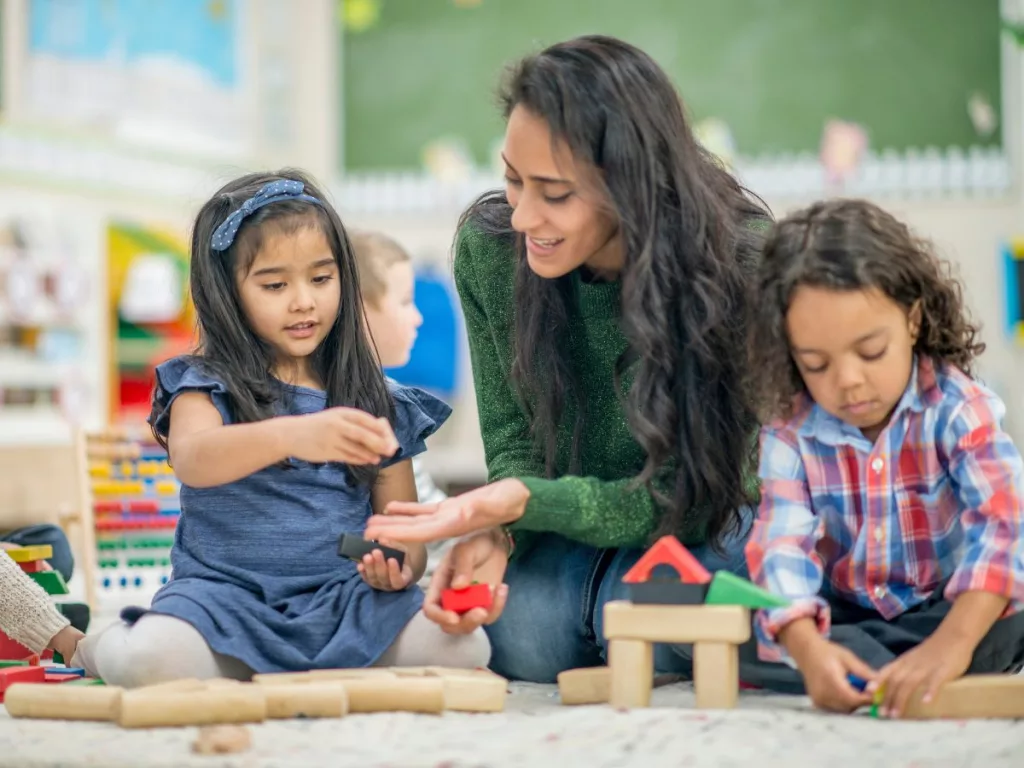
Psychological Viewpoints
Dr. Rife, a child psychologist, sheds light on the psychological perks. “Woodworking can be a form of mindfulness for kids,” he explains. “It’s about being in the moment, focusing on the task at hand, and finding a sense of calm and accomplishment.” He emphasizes how woodworking can help develop spatial reasoning, problem-solving skills, and even emotional intelligence.

Curriculum Integration
Alright, let’s roll up our sleeves and dive into how we can weave the art of woodwork into the colorful tapestry of early childhood education. It’s not just about adding another activity to the day; it’s about enriching the entire learning experience. So, how do we make this happen in a way that’s seamless, effective, and, most importantly, fun?
Guide for Educators
For all you amazing educators out there, here’s a little roadmap to get you started on this woodworking adventure. First, let’s set the stage – create a dedicated woodworking corner in your classroom. It doesn’t have to be big; just a cozy nook with a sturdy workbench and some basic tools.
Next up, safety first! Before the first nail is hammered, let’s have a little chat with the kiddos about tool safety and workshop rules. Make it fun – maybe a little song or a rhyme to remember the rules.

Now, the fun part – projects! Start simple. Think birdhouses, picture frames, or little boats. Projects that not only teach the basics of woodworking but also give room for creativity and personalization. And remember, it’s not about perfection; it’s about the process and the learning that happens along the way.
Parental Involvement
Parents, you’re up! Your role in this woodworking journey is priceless. It’s not just about admiring the finished project; it’s about being part of the process. Share in the excitement – maybe have a ‘Show and Tell’ day where kids can proudly display their creations.
And why not bring some of that woodworking magic home? Simple weekend projects can be a great way for families to bond and for kids to show off their new skills. It’s also a fantastic opportunity for some hands-on learning about tools, materials, and safety. And you can start with some toy tools, and I am sure that you will love the excitement in them.
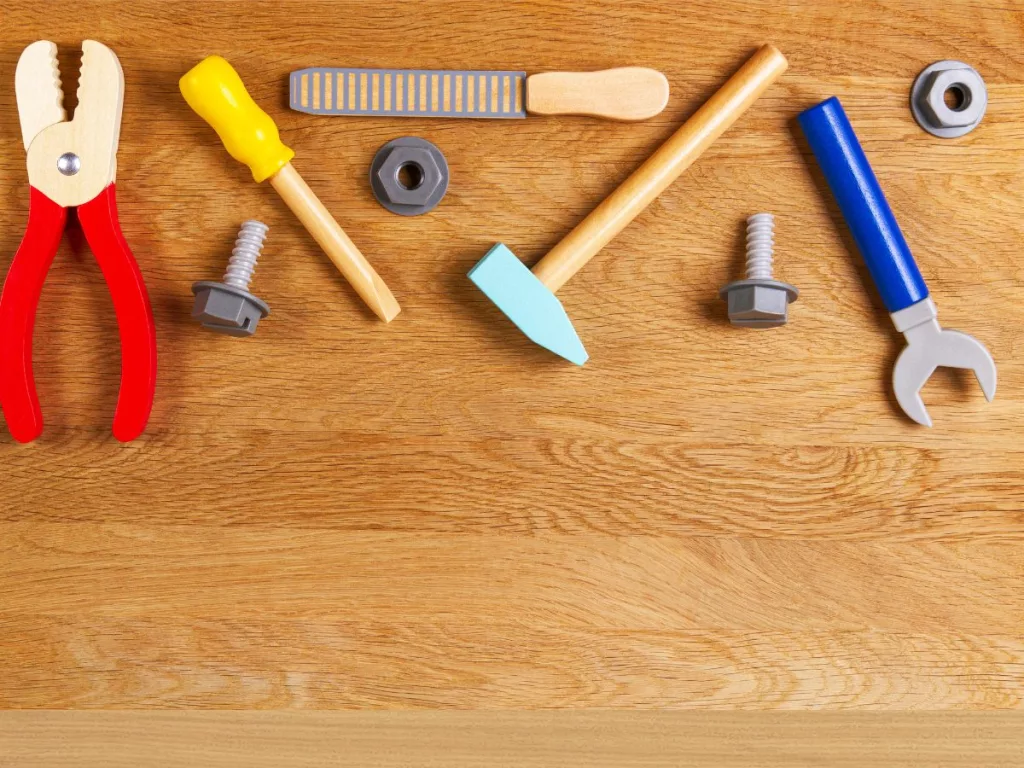
Holistic Development
Let’s step outside the classroom for a moment and see how woodworking can be a game-changer in a child’s holistic development. It’s not just about the skills they acquire while sawing or drilling; it’s about the growth that happens within, touching every aspect of their being.
Confidence and Self-Esteem
Picture this: a child’s face beaming with pride as they hold up their wooden creation. That’s the look of confidence being born. Woodworking, with its hands-on challenges and tangible outcomes, is a powerful tool for building self-esteem. Each project, no matter how small, is a stepping stone to greater self-belief. It’s about those moments when a child realizes, “Hey, I made this!” and the world suddenly seems full of possibilities.
Social Skills and Teamwork
Woodworking isn’t a solo journey; it’s a collaborative adventure. When children work together on a woodworking project, they’re learning the art of cooperation, communication, and compromise. They share tools, exchange ideas, and sometimes, even resolve the inevitable little conflicts. These are the moments where social skills are honed, and the foundations of teamwork are laid.
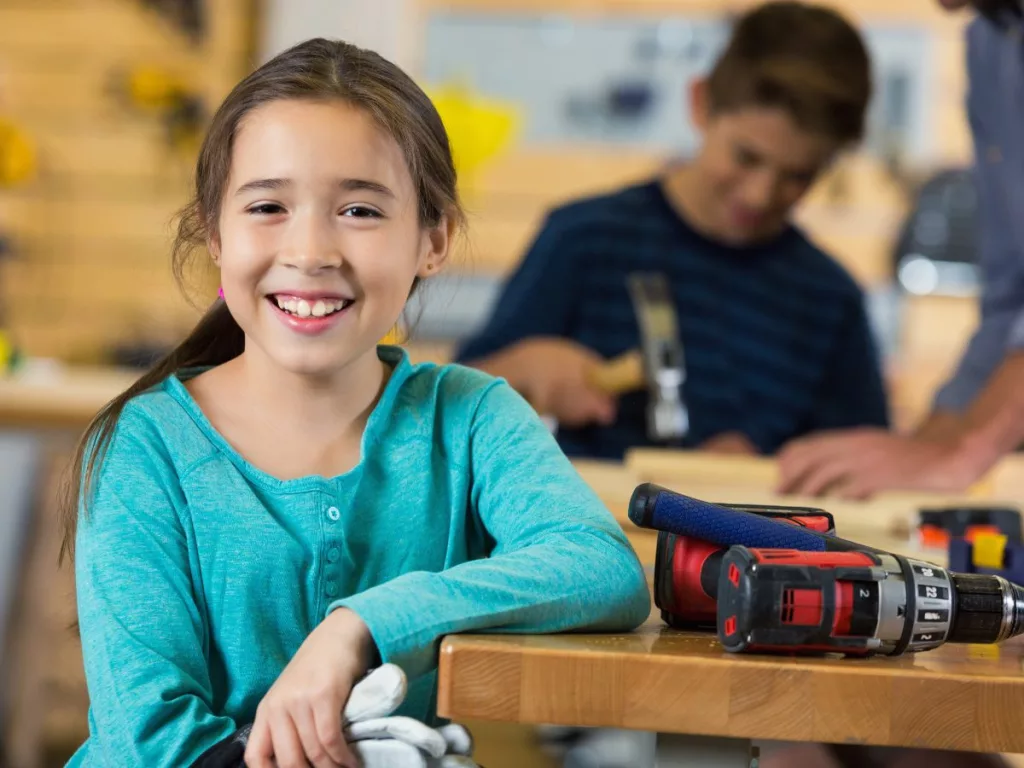
Long-Term Impact
Now, let’s fast forward and think about the long-term impact of these early woodworking experiences. We’re not just crafting wood; we’re shaping the innovators and problem-solvers of tomorrow.
Shaping Future Minds
Every cut, nail, and joint in a woodworking project is a problem waiting to be solved. Children learn to think critically, plan their steps, and adapt when things don’t go as planned. These problem-solving skills, nurtured in the midst of sawdust and wood shavings, are the same ones they’ll use to navigate the complexities of adult life.
Adapting to a Changing World
In a world that’s constantly evolving, adaptability is key. Woodworking teaches children to be flexible and resilient. When a piece of wood splits unexpectedly or a design doesn’t work out, they learn to pivot and try new approaches. These experiences are preparing them for a future where change is the only constant, equipping them with the mindset and skills to face tomorrow’s challenges head-on.
Conclusion
It’s clear that this isn’t just a hobby or a pastime. It’s a bridge to a world of learning, growth, and endless possibilities for our little ones. Let’s take a moment to reflect on what we’ve discovered and how these insights can light the way to a brighter future for our children.
To all the educators and parents out there, this is our call to action. Let’s bring woodworking into our classrooms and homes. Let’s create spaces where children can explore, create, and learn. It’s about more than just equipping them with tools; it’s about giving them the tools to navigate life. Whether you’re a teacher looking to enrich your curriculum or a parent seeking meaningful activities, woodworking offers a world of benefits.
FAQs
Why is woodwork important for kids?
Enhances creativity, motor skills, and problem-solving abilities.
What is the value of woodwork in early childhood education?
Fosters holistic development, including fine motor skills and cognitive growth.
What are the benefits of woodwork?
Builds hand-eye coordination, creativity, and practical mathematical skills.
Why are woodworking skills important?
Develops critical thinking, precision, and spatial awareness.


